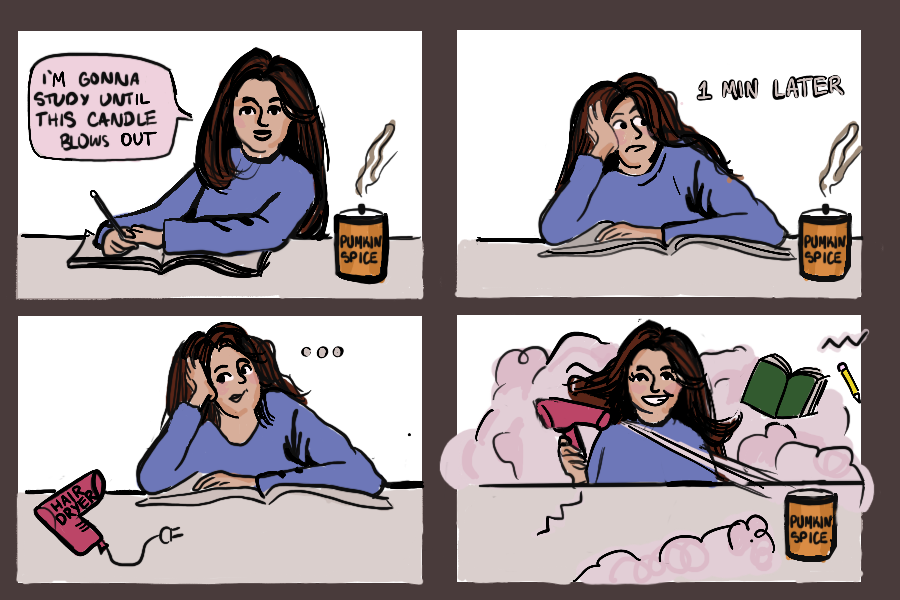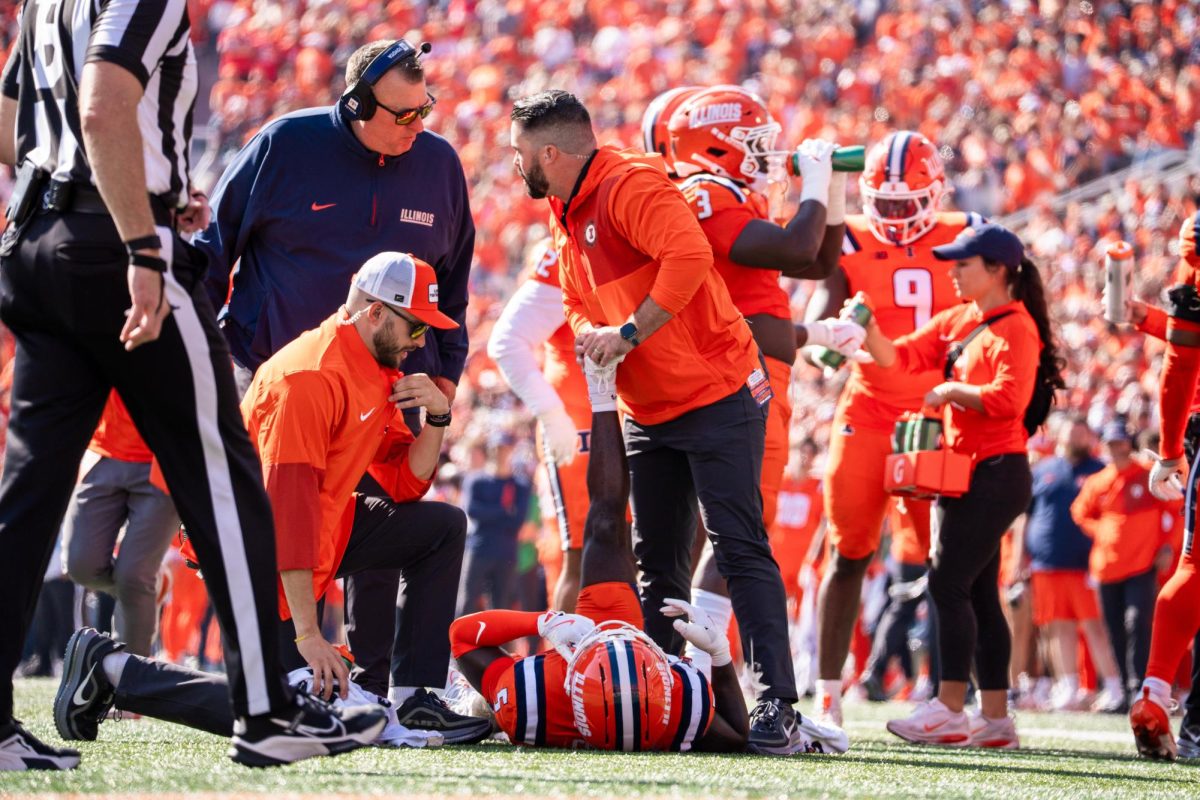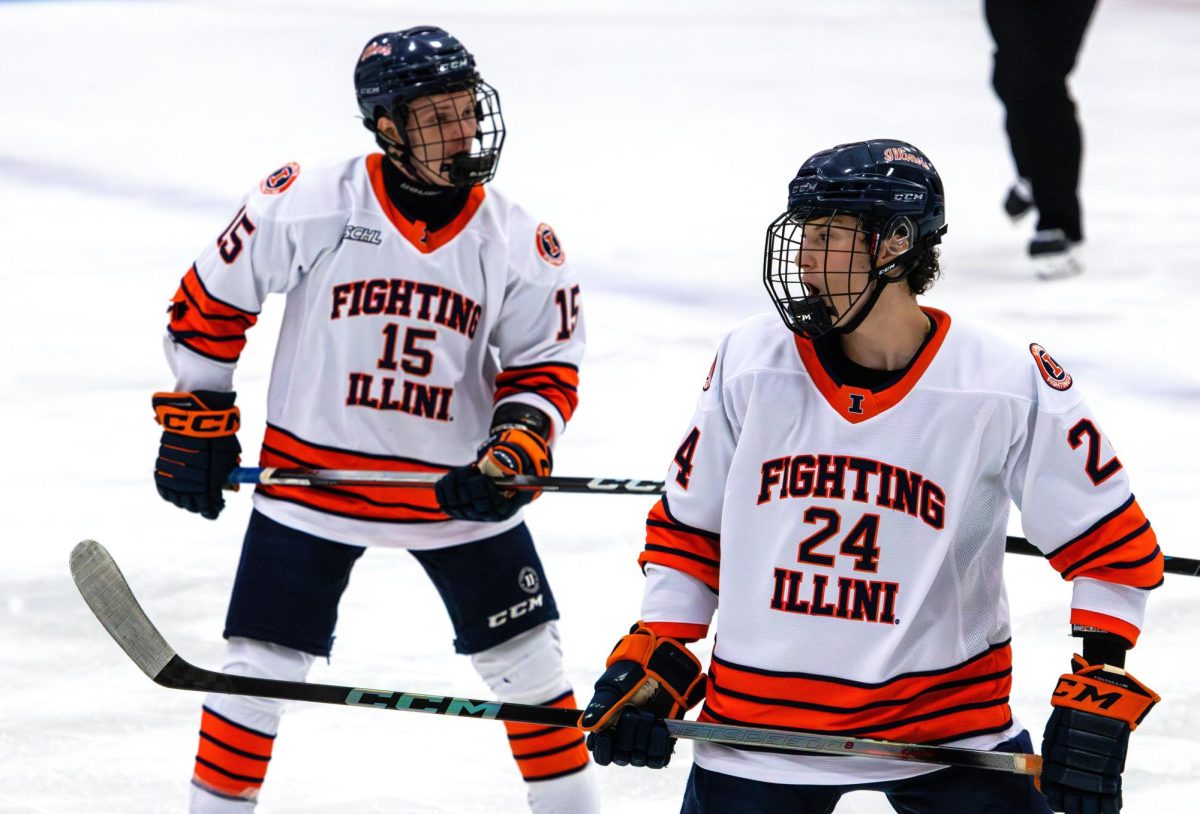The status of Illinois’ MAP, or Monetary Award Program, grant is uncertain.
MAP grant is a college scholarship awarded through the state to students in need of financial assistance who fill out the Free Application for Federal Student Aid, or FAFSA, which can lead to institutional, state or federal need-based aid.
“The MAP grant is free money,” said Daniel Mann, director of student financial aid for the University. “It doesn’t have to be re-paid and it’s awarded based on financial need.”
Mann said students that are eligible will receive $4,968, which makes it the third largest financial aid program at the University; 6,054 University students were awarded the MAP grant last year. On April 19, the Illinois Student Assistance Commission (ISAC) declared a suspension of the MAP grant award for the 2010-2011 year. Applications submitted before the suspension are still eligible, although the grant is pending finalization of the state budget.
“As of right now, we do not have a budget agreement that has passed through both chambers of the general assembly,” said Paul Palian, director of communication for ISAC. “We do not know what the amount that will be appropriated to ISAC to deliver state student aid programs to the citizens of Illinois.”
Get The Daily Illini in your inbox!
Palian said there is currently a bill in each house showing an appropriation of approximately $425 million for student aid to go towards funding the MAP grant. He added that the grant was suspended due to a 37 percent increase in application volume compared to last year.
“We’ve received more than 16,000 eligible MAP grant applications between the period of April 19 and May 6,” Palian said. “You don’t want to write checks that you can’t deliver on.”
He added that 64 percent of those applicants selected a community college as their first choice on the FAFSA, while 18 percent selected a public, four-year school and 11 percent chose an in-state private college.
Palian said since the grant’s suspension, ISAC has received an average of 5,000 eligible applicants per week with 2/3 being community college students, who have been denied aid.
“This is skewing more and more towards affecting community college students,” Palian said. “We’re trying to work with other, higher education partners to find solutions to meet the demand for MAP,” Palian said.
Palian said the University has had 136 applicants denied because they applied after April 19. The school with the largest number of rejected applicants was Devry University with 517 rejected applicants.
Mann said 77 percent of University students receive some form of financial aid.
“MAP grants are extremely important in maintaining accessibility of the University,” said David Olsen, student body president. “It costs a lot of money to go here, even if you’re in-state.”
Olsen added that MAP grants allow students to attend college who may not have had the opportunity previously.
“There’s a huge number of people that need this assistance,” Olsen said. “To fund the MAP grant, we would have to cut somewhere else, and that’s the really difficult part for the state.”
Palian said that over the past 3 years, ISAC has given over 99.5 percent of the funds appropriated to them back to the students. He added that he is hopeful that state funding will come through for MAP.
“Monetary Award Program is a program that’s popular on both sides of the aisle,” Palian said. “People like it in both the legislature and the executive office.”
Palian said students should not be discouraged by the suspension of MAP and should continue to fill out FAFSA if they are in need of financial aid.
Olsen said students and their networks have a strong voice in advocating for financial aid.
“When legislators know that MAP grants are important to their constituents, through letters, phone calls or personal visits, these state legislators know this is something they have to protect for the University,” Olsen said. “The people we really need to contact are those up in the Chicago area and downstate Illinois.”





